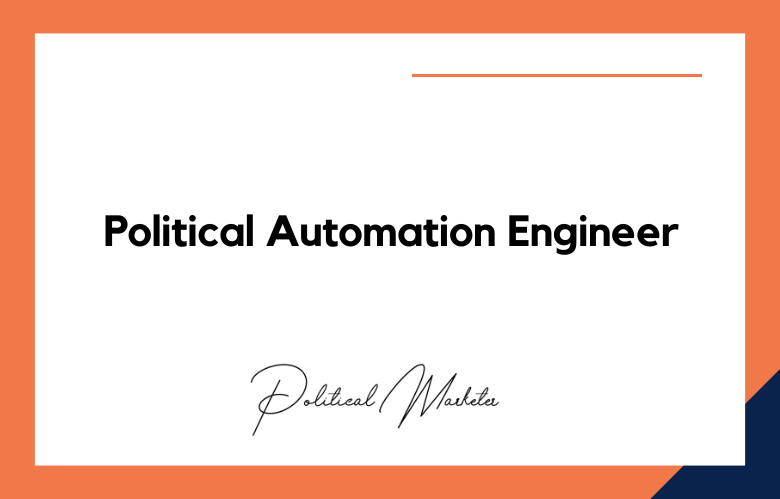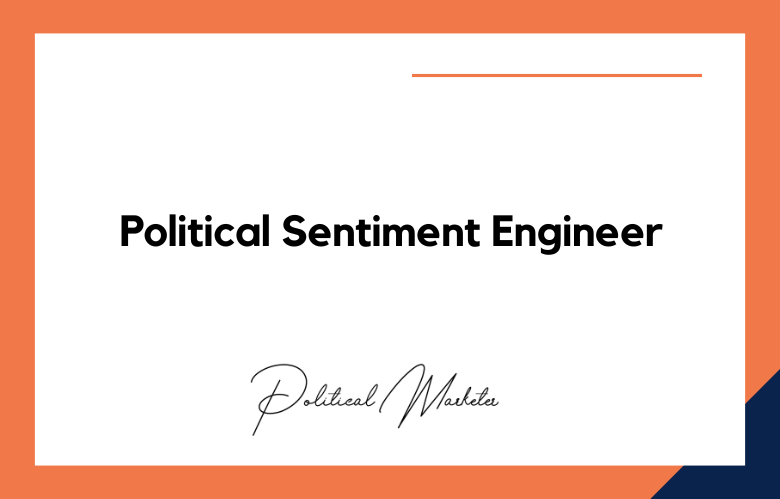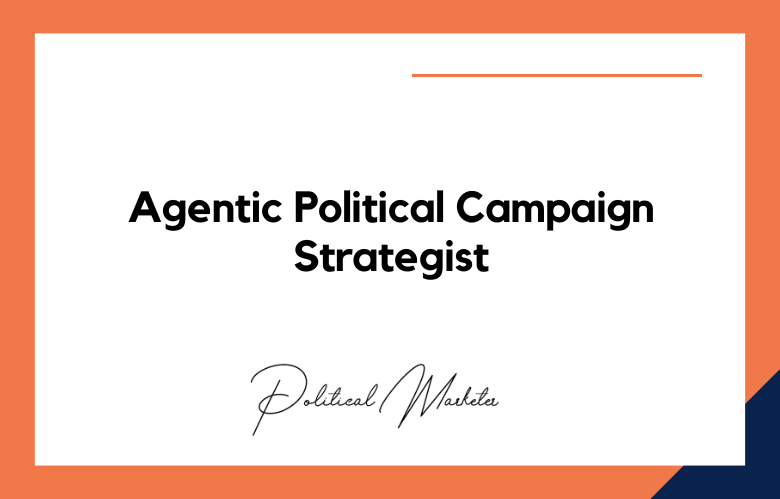With the rise of social media, politicians have been able to reach a wider audience and promote their campaigns through platforms like Twitter, Facebook, and Instagram. However, as Gen Z grows, YouTube has become a significant player for politicians to reach younger voters.
YouTube has over 2 billion monthly active users, which politicians use to connect with Gen Z audiences. We will discuss how politicians use YouTube to communicate with younger voters and how it’s changing the political landscape.
What are the politicians using YouTube to reach Gen Z audiences?
In today’s world, social media significantly impacts our daily lives, especially the younger generation. Generation Z, which includes individuals born between 1995 and 2010, is a vital demographic for politicians to reach out to.
According to a survey conducted by Pew Research Center, almost half of the voters aged 18 to 29 believe that social media plays a significant role in shaping the country’s future.
With this in mind, politicians have turned to YouTube to connect with the younger demographic. Today, we’ll explore what politicians do on YouTube to reach the Gen Z audience.
Why Politicians Are Turning to YouTube to Connect with Gen Z?
It’s no secret that the political landscape has been transformed by social media, with politicians taking to platforms like Twitter and Facebook to communicate with constituents and promote their ideas. However, there’s a new kid on the block –
YouTube. With Gen Z becoming an increasingly influential demographic in the political sphere, politicians are turning to video-sharing platforms to connect with this group in previously impossible ways before the digital age.
We’ll explore why politicians turn to YouTube, their strategies, and whether these efforts pay off.
First and foremost, politicians are turning to YouTube because that’s where Gen Z is. According to a study by the Pew Research Center, 85% of teenagers use YouTube, and almost a third use the platform daily.
This represents a massive opportunity for politicians to reach younger voters who are relatively easy to engage with. YouTube users crave authenticity and relatability, and politicians who deliver that through their videos can form strong connections with their viewers.
How Can Politicians Reach the Gen Z Audience on YouTube?
In the digital age, social media has become essential for politicians to connect with voters. With over 2 billion monthly active users, YouTube has become one of the most popular platforms for politicians to reach audiences of all ages, especially Gen Z.
However, the challenges of using YouTube to reach Gen Z are becoming increasingly complex due to the constantly evolving trends, memes, and influencers.
We will explore the challenges politicians face when trying to reach the Gen Z audience on YouTube and how they can overcome them.
Best Practices for Politicians Are Using YouTube to Reach the Gen Z Audience
Creating relatable content:
Politicians are aware that Gen Z audiences value authenticity and creativity. This has led to politicians creating more personal and relatable content on their YouTube channels.
For instance, Alexandria Ocasio-Cortez’s YouTube channel is known for featuring behind-the-scenes content from her daily work and personalities that appeal to the younger audience. By showing her personality and results, she gains the trust of younger voters who feel she’s more relatable.
Addressing Issues:
Politicians connect with younger audiences through their YouTube channels by addressing issues affecting their daily lives.
A good example is Bernie Sanders’ channel, which features topics like College tuition debt, climate change, and income inequality. By talking about these issues, politicians capture the attention of younger voters by creating awareness and connecting with them.
Collaborating with influencers:
Politicians have recognized that influencers can reach a larger audience, and working with them can create political influence.
Influencers have been popular among political candidates like Barack Obama, featured on the H3H3 podcast, and Joe Biden, who had LeBron James endorsing him. Collaborating with influencers allows politicians to reach younger voters in a language they understand.
Livestreams and Q&A sessions:
YouTube has a feature that allows politicians to hold live streams and Q&A sessions. Politicians have used this feature to connect with younger voters and engage in discussions about policy and issues that matter to them.
Livestreams and Q&A sessions show transparency and accountability, creating a sense of trust between politicians and younger voters.
A new way to campaign:
YouTube has allowed politicians to campaign in a new way, giving them the freedom to create the content they want. Politicians can exercise their free speech rights by controlling what content to release and discussing issues affecting younger voters.
YouTube has created a platform that gives politicians a competitive advantage. With the right content, they can win over the hearts and minds of younger voters.
Why It’s Challenging for Politicians to Reach Gen Z with YouTube Ads?
As the 2020 US presidential election heats up, political campaigns are increasingly turning to social media platforms like YouTube to reach the crucial demographic of Gen Z voters who are just beginning to enter the voting age.
However, getting Gen Z’s attention through YouTube ads is not as simple as it may seem. We’ll explore some politicians’ challenges when connecting with Gen Z on YouTube and provide better insights on reaching this vital demographic.
Short Attention Spans:
Gen Z has incredibly short attention spans and intolerance for anything that appears to be an ad.
They are more likely to watch shorter videos than longer ones and to skip any pre-roll ads in favor of the content they came to watch. Politicians, therefore, need to create ads that are short, punchy, and to the point to avoid losing the viewer’s attention.
Authenticity:
Gen Z values authenticity and honesty in their interactions with brands and public figures. They tend to distrust anything that seems too polished or rehearsed.
Politicians are often seen as untrustworthy and pandering. Hence, to build trust with this audience, they must approach their YouTube ad strategy by focusing on authenticity and transparency.
Social Responsibility:
Gen Z is acutely aware of social issues and expects brands, companies, and public figures to take a stand.
Political campaigns that don’t address social issues directly or fail to align with Gen Z youths’ values will be dismissed as out of touch and irrelevant. Politicians must address social issues like climate change, racial inequality, LGBTQ+ rights, and others in their ads.
Reach and Frequency:
Achieving the necessary reach and frequency to impact Gen Z can be challenging due to the sheer volume of content on YouTube.
Advertisers need to strike a balance between creating enough ads to reach viewers frequently and not creating so many that they become a nuisance.
Moreover, politicians looking to build a following on YouTube must produce a steady stream of fresh, relevant content to keep their audience’s attention and make an impact.
Cost:
YouTube ad prices may be out of reach for many political campaigns, especially those with limited budgets. Smaller movements may need to focus on organic content and influencer collaborations instead of paid advertising to gain traction with Gen Z on this platform.
Conclusion:
YouTube has become a potent tool for politicians to reach Gen Z audiences. With the right content, politicians can connect with younger voters personally and engage in meaningful discussions about issues that affect their daily lives.
As seen from examples like Alexandria Ocasio-Cortez and Bernie Sanders, politicians can gain the trust of younger voters by creating relatable and informative content on YouTube.
Politicians have a unique opportunity to harness YouTube’s power and connect with young voters in a way that can shift the political landscape.
Call: +91 9848321284
Email: [email protected]
YouTube Politics: How Smart Politicians Are Winning Over Gen Z Voters – FAQs
How are politicians using YouTube to engage Gen Z voters?
Politicians create short-form videos, vlogs, behind-the-scenes content, and issue-focused explainers to connect with Gen Z on their preferred video platform.
Why is YouTube an effective platform for political outreach to Gen Z?
YouTube combines long-form storytelling, visual appeal, and mass reach, making it ideal for educating, entertaining, and influencing Gen Z voters.
What content formats resonate most with Gen Z on YouTube?
Formats like YouTube Shorts, Q&A sessions, meme-infused commentary, creator collaborations, and day-in-the-life vlogs appeal strongly to Gen Z.
How does Gen Z consume political content differently on YouTube?
Gen Z prefers authenticity, personality, and relevance over traditional political speeches or formal ads. They engage with content that feels relatable and informal.
Are influencers and creators involved in political YouTube campaigns?
Yes. Politicians increasingly collaborate with YouTubers and content creators to amplify messages and reach Gen Z audiences organically.
What topics attract Gen Z’s attention in political videos?
When communicated clearly and honestly, Gen Z responds to issues like climate change, student debt, mental health, social justice, and digital rights.
How do politicians use YouTube Shorts for outreach?
They post fast-paced, engaging clips with bold captions and hooks to share positions, counter misinformation, or highlight events.
How important is authenticity when targeting Gen Z on YouTube?
Authenticity is crucial. Gen Z quickly detects scripted or inauthentic messaging and disengages from overly polished or insincere content.
What role does behind-the-scenes content play in political messaging?
Behind-the-scenes videos humanize politicians by showing their personality, work ethic, and traits that Gen Z values in leadership.
How do comments and engagement metrics influence political strategy?
Comments, likes, shares, and watch time provide real-time feedback, helping political teams gauge sentiment and refine messaging.
Are YouTube ads effective for political campaigns targeting Gen Z?
Yes, especially skippable in-stream and Shorts ads tailored with mobile-first, value-driven storytelling.
What’s the impact of the YouTube algorithm on political content visibility?
The algorithm rewards high engagement and relevance. Content that sparks conversation or aligns with trending topics gains broader exposure.
How do politicians balance education and entertainment on YouTube?
They use storytelling, humor, and relatable narratives to simplify policy discussions without losing substance, keeping Gen Z interested and informed.
Can YouTube be used for political mobilization, not just awareness?
Yes. Calls to action, such as voter registration links, live stream events, and QR codes in video descriptions, help convert views into civic participation.
What production quality does Gen Z expect from political YouTube content?
Gen Z values clarity and creativity over cinematic quality. A smartphone video with good lighting and an engaging message often works better than overproduced footage.
How do political YouTube channels build a community with Gen Z?
Channels foster a sense of belonging and loyalty by consistently posting, responding to comments, hosting live streams, and sharing community updates.
How are livestreams used in political YouTube strategies?
Livestreams allow real-time interaction, enabling Q&A sessions, campaign announcements, and unfiltered discussions that Gen Z appreciates.
Do political candidates adapt their tone or language for YouTube?
Yes. They use conversational language, humor, and cultural references to make their messages accessible and engaging for a younger audience.
How do analytics guide content strategy for Gen Z outreach?
Metrics like watch time, retention rate, and engagement show which topics and formats resonate, guiding future content planning.
What are the risks of using YouTube for political outreach to Gen Z?
Risks include backlash from inauthentic content, algorithm-driven echo chambers, and missteps that spread quickly due to the platform’s viral nature.










